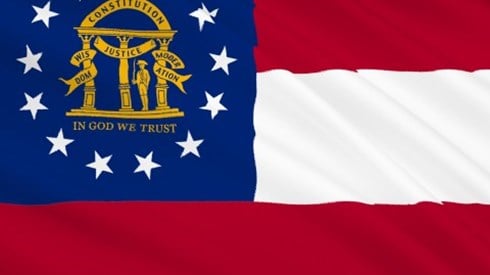Agency Captives Offer Deeper Relationships and Better Insights

November 26, 2019

For an insurance agency, an agency captive can provide an opportunity to have "skin in the game" of its clients' coverage in exchange for a share of the premiums and investment income the client business generates. The benefits of an agency captive can extend beyond additional revenue streams, however.
A captive insurance company created by an insurance agent or broker or a group of intermediaries, the agency captive is a reinsurer working in concert with a fronting insurance company to underwrite and insure or reinsure client risks. A prime rationale for creating the agency captive is that the agency believes the book of business written in the captive will produce an underwriting profit, providing an additional source of revenue.
Owners of an agency captive often will rely on a captive manager to handle the entity's day-to-day operations, while the fronting insurer is responsible for the underwriting process. Together, the agency and the insurer share the profit or loss on the book of business written in the agency captive, with the captive obligated to pay a share of claims.
A variety of lines of coverage could be written using an agency captive, though the most common are businessowners policies, general liability, errors and omissions, package, workers compensation, and auto liability.
For the insurance buyer buying a policy that involves an agency captive, the experience is no different than purchasing coverage through a traditional structure, with the fronting insurer providing the paper and the client-agency dealings unchanged. The agency should be sure to disclose the agency captive arrangement to the client, however.
The agency captive concept isn't new—it goes back decades, as many insurers over the years have worked with agencies to create captive arrangements. In recent years, the concept has seen fresh momentum, however, as a number of US captive domiciles have joined the ranks of those licensing agency captives. Vermont, Connecticut, Georgia, North Carolina, and South Dakota are among the states that have passed legislation enabling the formation of agency captives in the past few years.
While agency captives provide an additional revenue stream for the agencies sponsoring them, they can also serve to tighten relationships with both clients and insurers.
During hard market conditions or for lines of coverage where traditional market capacity might be scarce, the agency captive can provide clients an important risk transfer option. An agency captive can be a particularly good fit for providing coverage for an association whose members find coverage tough to come by in the traditional market, and important clients can be given an opportunity to participate in the agency captive as investors.
Agency captives can also create a relationship in which agencies and insurers collaborate more closely on risk selection and policy pricing. And they can help agents gain new insights into the markets they're writing, helping them better assess client risks and loss-control activities, as well as insights into market opportunities.
As data becomes ever more important in every aspect of business, agency captives can be well positioned to take better advantage of risk and loss data.
One major benefit of all types of captives is their value as a risk management tool through the captive owners' ability to use the captive to better understand risks and improve risk management. Because of their close relationships with clients, agents can provide a detailed understanding of clients and markets that their insurance company partners might be less able to recognize.
At the same time, as the premium on data analytics continues to grow, the partner insurer might be in a position to provide technology and data analytics resources that the agency would otherwise be unable to apply to the agency captive's book of business. That analysis could better inform agencies' loss control offerings for clients.
Agencies looking to create an agency captive must have both an adequate risk appetite and sufficient resources for the investment necessary to create and operate the captive. Fronting insurers will impose capital requirements, and the captive won't be profitable immediately.
In addition, prospective agency captive owners must be prepared to make the long-term commitment a captive requires. A thorough feasibility study can help determine whether an agency captive is a good fit and, if so, help determine the appropriate captive strategy.
Agency captives aren't right for everyone, and they're not without risk. There is a possibility that the captive could lose money in the face of a bad loss experience, even if underwriting and pricing are sound.
But for agencies and brokers that do find agency captives to be a good fit, the alternative risk transfer mechanism can provide a path to new revenues, deeper relationships with clients and insurers, and new business opportunities.
November 26, 2019


